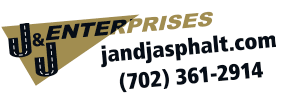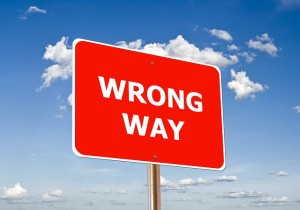When it comes to road signs, Las Vegas regulatory ordinances are very clearly outlined. There is a need for balance, in the city of neon lights, between advertising signs, traffic regulatory signs, and public safety signs. If the letter of the law is followed, city code does allow for the placement of signs without having to seek a permit. This includes regulations as to the size and characteristics of the sign, what the sign is made of, and how the sign is posted. On the other hand, all signs “not expressly permitted” are prohibited. Much of the local regulations are based on the federally-approved Manual on Uniform Traffic Control Devices. This book describes the specific imagery acceptable for best getting the message across. It also dictates that all traffic regulatory signs are reflective or lit up.
The purpose of road signs is universal. The distinct shapes, colors, and symbols efficiently communicate complex messages to drivers. The red octagon, the simple black-on-white speed limit signs, deer crossings – even with no words, the meaning is clear. Road sign colors originally became regulated back in 1924, when yellow was chosen to distinguish warning signs from white informational signs.
By the 1940’s, a new type of reflective coating was developed for road signage. This retroreflective coating “bends” some of the light that strikes it back to the original source, e.g. the headlights of oncoming traffic. It is as though the street signs are self-illuminated. Since the original development of retroreflective surfacing, improvements have included helping the surface to stay cleaner by encapsulation and substituting “microscopic prismatic reflectors” for the original glass beading. These reflectors are three times as bright as the original signs.
Road signs Las Vegas and elsewhere have the same basic construction. A blank, made of wood, aluminum, or steel, provides the framework of the sign. Each of these three options has their benefits and drawbacks. Wood is inexpensive, but also includes the extra step of necessitating an applied layer of plastic in order to weatherproof it. Aluminum is naturally weatherproof, but flimsy – the same material used in the construction of soda cans – and must be reinforced with metal braces. Aluminum is the most expensive option. Steel is the most durable, but like wood requires a second step of weatherproofing – it must be coated with zinc to prevent rust. The background sheeting is cut from reflective material to match the shape, and on top of that is laid sign copy, the lettering or symbol of the sign, also cut from reflective material.
If you are performing any sort of construction near public roadways, check out state, county, and city regulations as to when road signs are required and prohibited. Any questions can be directed to your local Las Vegas asphalt company.

